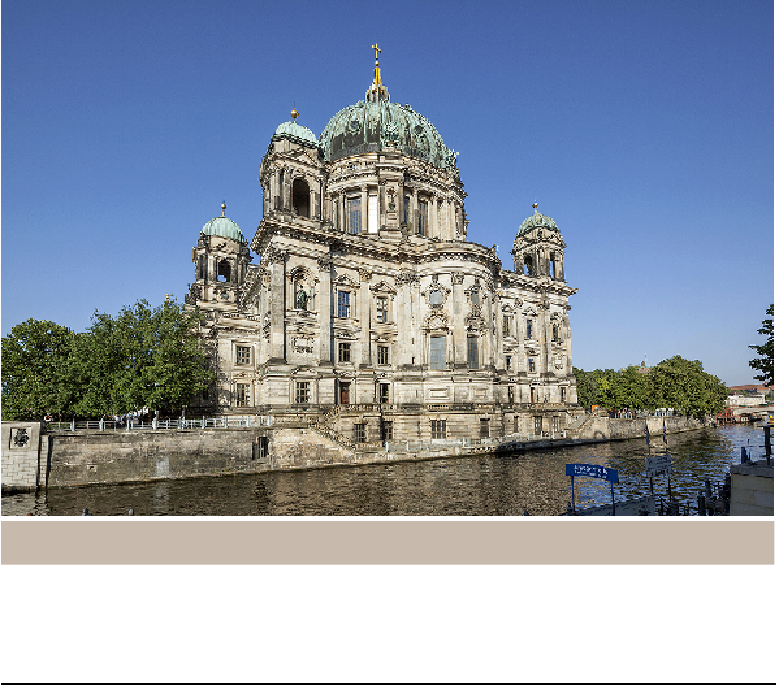Travel Reference
In-Depth Information
Berliner Dom
JOHN FREEMAN/GETTY IMAGES ©
The Industrial Age saw Berlin's population explode. It more than doubled to 969,050
between 1858 and 1875, doubling again by 1905 and fuelling the need for cheap and plen-
tiful housing.
The Birth of Modernism
While most late-19th-century architects were looking to the past, a few progressive minds
managed to make their mark, mostly in industrial and commercial design. Sometimes called
the 'father of modern architecture', Peter Behrens (1868-1940) taught later modernist lu-
minaries such as Le Corbusier, Walter Gropius and Ludwig Mies van der Rohe. One of his
earliest works, the 1909 AEG Turbinenhalle at Huttenstrasse 12-14 in Moabit, is considered
an icon of early industrial architecture.
After WWI the 1920s spirit of innovation lured some of the finest avant-garde architects
to Berlin, including Bruno and Max Taut, Le Corbusier, Mies van der Rohe, Erich Mendel-

